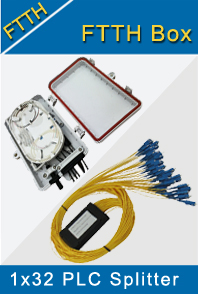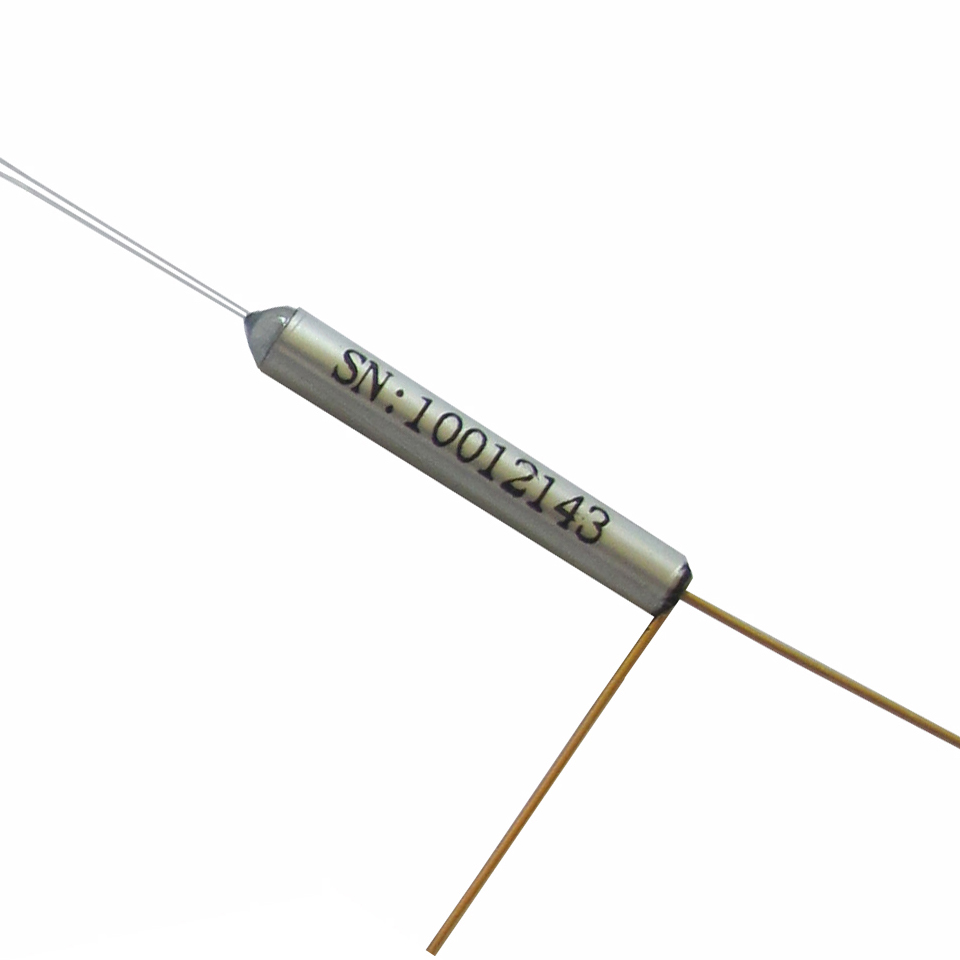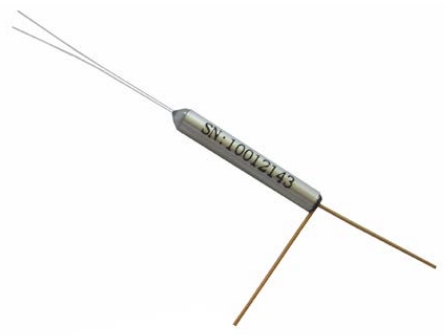-

- Sopto Home
-

- Special Topic
-

- FTTH Knowledge
-

- Important Properties of Photodetectors
FTTH Knowledge
- Solving the FTTH Rollout Problem in Multiple Dwelling Units
- WDM PON Introduction FAQ
- A Simple Overview of Optical Power Meter
- ODN is based on PON FTTH Optical Cable Network of the Device
- Using an OTDR to be an Expert in Fiber Link Testing
- How FTTH Broadband Works?
- Connections among Fiber Terminal Boxes & Patch Cables & Pigtails
- Easy to Install a Fiber Terminal Box
- What is Arrayed Waveguide Grating?
SOPTO Special Topic
Certificate



Guarantee
Except products belongs to Bargain Shop section, all products are warranted by SOPTO only to purchasers for resale or for use in business or original equipment manufacturer, against defects in workmanship or materials under normal use (consumables, normal tear and wear excluded) for one year after date of purchase from SOPTO, unless otherwise stated...
Return Policies
Defective products will be accepted for exchange, at our discretion, within 14 days from receipt. Buyer might be requested to return the defective products to SOPTO for verification or authorized service location, as SOPTO designated, shipping costs prepaid. .....
Applications

Sopto supply the best FTTH solutions for your network!
SOPTO Products
- Fiber Optic Transceiver Module
- High Speed Cable
- Fiber Optical Cable
- Fiber Optical Patch Cords
- Splitter CWDM DWDM
- PON Solution
- FTTH Box ODF Closure
- PCI-E Network Card
- Network Cables
- Fiber Optical Adapter
- Fiber Optical Attenuator
- Fiber Media Converter
- PDH Multiplexers
- Protocol Converter
- Digital Video Multiplexer
- Fiber Optical Tools
- Compatible
Related Products
Performance Feature
FTTH Knowledge
Recommended

Important Properties of Photodetectors
Depending on the application, a photodetector has to fulfill various requirements:
- It must be sensitive in some given spectral region (range of optical wavelengths). In some cases, the responsivity should be constant or at least well defined within some wavelength range. It can also be important to have zero response in some other wavelength range; an example is solar-blind detectors, being sensitive only to short-wavelength ultraviolet light but not to sun light.
- The detector must be suitable for some range of optical powers. The maximum detected power can be limited e.g. by damage issues or by a nonlinear response, whereas the minimum power is normally determined by noise. The magnitude of the dynamic range (typically specified as the ratio of maximum and minimum detectable power, e.g. in decibels) is often most important. Some detectors (e.g. photodiodes) can exhibit high linearity over a dynamic range of more than 70dB.
- In some cases, not only a high responsivity, but also a high quantum efficiency is important, as otherwise additional quantum noise is introduced. This applies e.g. to the detection of squeezed states of light, and also affects the photon detection probability of single-photon detectors.
- The active area of a detector can be important e.g. when working with strongly divergent beams from laser diodes. For light sources with very high and/or non-constant beam divergence, it is hardly possible to get all the light onto the active area. An integrating sphere may then be used (with appropriate calibration) for measuring the total power.
- The detection bandwidth may begin at 0 Hz or some finite frequency, and ends at some maximum frequency which may be limited by internal processes (e.g. the speed of electric carriers in a semiconductor material) or by the involved electronics (e.g. introducing some RC time constants). Some resonant detectors operate only in a narrow frequency range, and can be suitable e.g. for lock-in detection.
- Some detectors (such as pyroelectric detectors) are suitable only for detecting pulses, not for continuous-wave light.
- For detecting pulses (possibly on a few-photon level), the timing precision may be of interest. Some detectors have a certain “dead time” after the detection of a pulse, where they are not sensitive.
- Different types of detectors require more or less complex electronics. Penalties in terms of size and cost may result e.g. from the requirement of applying a high voltage or detecting extremely small voltages.
- Particularly some mid-infrared detectors need to be cooled to fairly low temperatures. This makes their use under various circumstances impractical.
- For some applications, one-dimensional or two-dimensional photodetector arrays are needed. For detector arrays, some different aspects come into play, such as cross-pixel interference and read-out techniques.
- Finally, the size, robustness and cost are essential for many applications.
Different detector types differ very much in many of these properties. In typical application scenarios, some requirements totally rule out the use of certain detector types, and quickly lead to a fairly limited choice. Note also that there is some typical trade-offs. For example, it is frequently difficult to combine a high detection bandwidth with a high sensitivity.
For more info, please browse our website.





